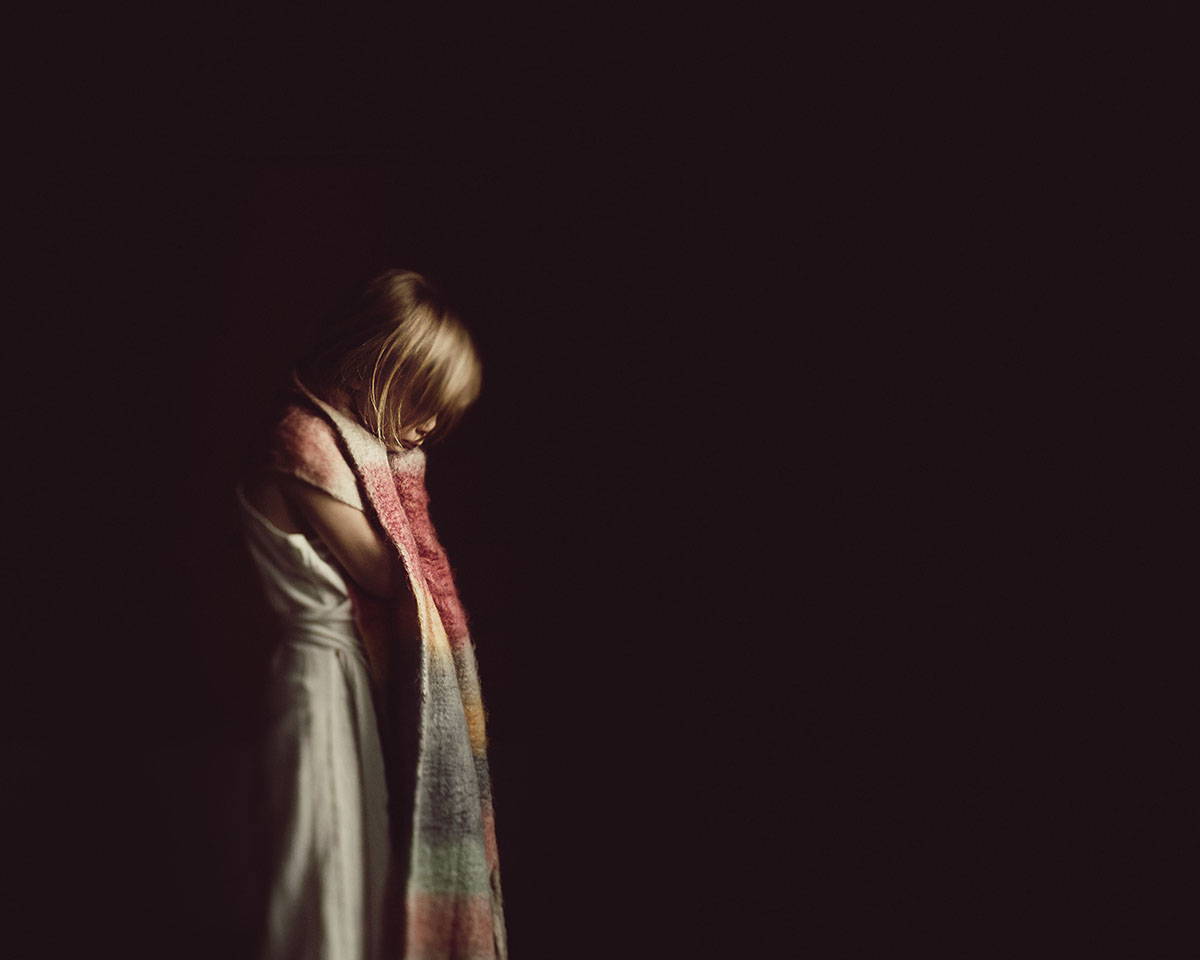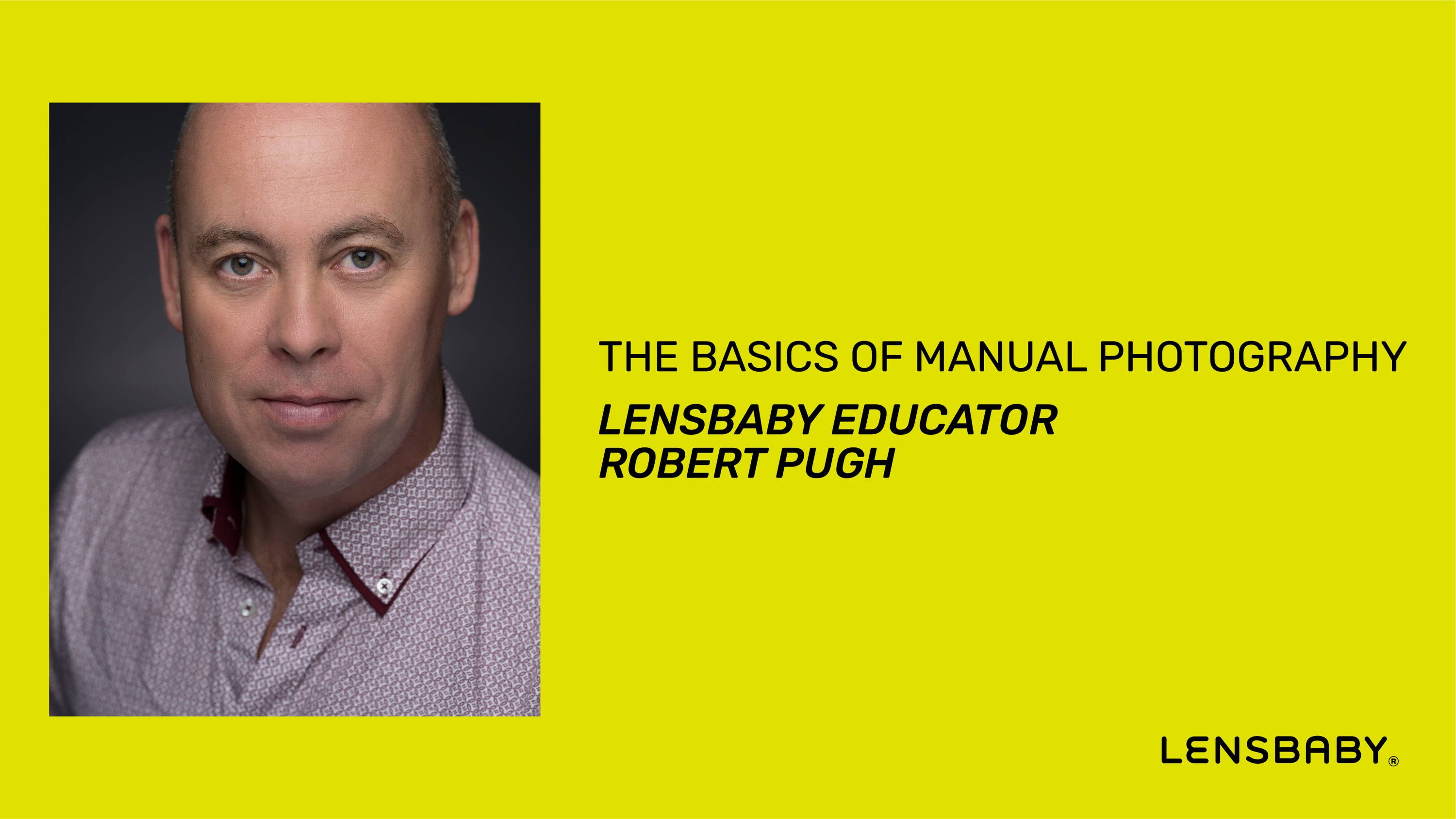The Rule of Thirds: A Cornerstone of Composition
Mastering the art of composition is an essential part of creative photography. Without sufficient balance and form, you're just taking snapshots.
When an image is composed correctly, it enhances the artist's story.
There are many compositional guidelines, such as the golden ratio, the golden spiral, and the golden triangle, to name a few, but we're going to start with the most well-known compositional rule: The Rule of Thirds.
Lensbaby Burnside 35 | 1/800 | ISO: 125 | Camera: Canon Mark II
The Rule of Thirds
Goal: To add structure to the contents of your image through balancing elements and the space they occupy in the frame.
Planning: Imagine a nine-part grid in the frame of your image. Place your subject at the junctions or along the grid lines to create a visually pleasing composition. (Check out the illustration for more detail).
Why Bother?
Powerful composition carries the viewer's interest from one part of the image to another – frequently without their knowledge.
By placing your subject on the grid, you immediately draw the viewer's eye into the photograph and add visual interest. Your off-center subject can create an empty space that can be an excellent storytelling element if appropriately used.
Lensbaby Edge 35 | 1/320 | ISO: 500 | f 3.5 | Camera: Canon Mark II
Tips for using this rule in your own work
- Place small subjects on the intersections.
- Put larger subjects on the grid lines.
- Focal points of large subjects look great at the intersections.
- Subjects on the grid lines should face the empty space. This is especially important if your subject is active. The viewer needs to be able to anticipate their movement.
- Landscapes should utilize one of the horizontal grid lines to either showcase the sky or the foreground.
Lensbaby Edge 35 | 1/200 | f/3.5 | ISO: 640 | Camera: Canon Mark II
When to Break the Rules
Because there are so many ways to enhance a composition (intentional blur with a Lensbaby being one of them), only use the Rule of Thirds if it improves the story you're trying to tell. Don't be afraid to abandon a rule's best practices if it doesn't add to the photograph.
"Without sufficient balance and form, you're just taking snapshots."
For example, this image uses the thirds rule but breaks its guidelines by having the subject face away from the empty space. The boy watching the snowfall snow is the story, and the subject needs to look in that direction. The vast emptiness around him adds to the feeling of isolation.
Lens: 35mm | 1/60 | ISO: 800 | f 2.5 | Camera: Canon Mark II




Leave a comment
All comments are moderated before being published.
This site is protected by hCaptcha and the hCaptcha Privacy Policy and Terms of Service apply.